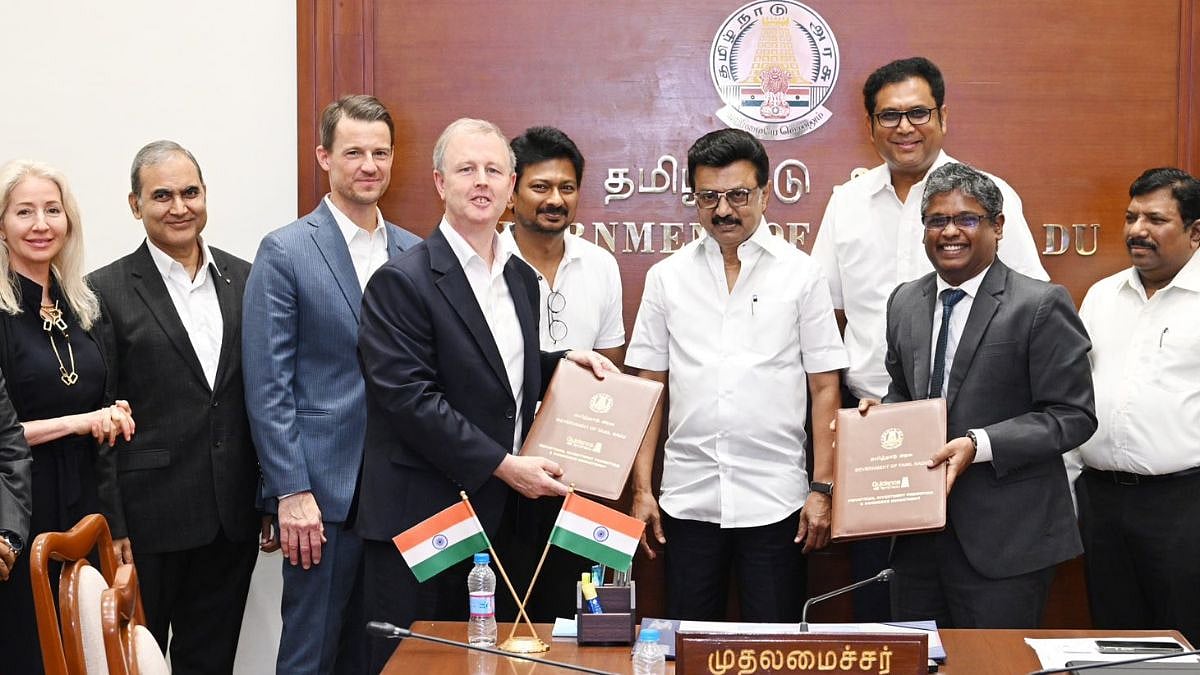Is it not appropriate to have a standard pay and equal opportunities given to all current or future employees? The simple answer to this question is yes. Yet it is 2022 and women are still not seen as equals in the workplace.
According to recent research published by World Bank - ‘Women Business and the Law’, India’s rank in gender equality has declined to 124th among 190 countries in 2022 against 123rd a year ago and 117th in 2020.
Over the past many decades, women all throughout the globe have accomplished incredible things despite facing various difficulties. Women play a supportive role in the growth of economic value however still, their contributions to economic value creation, are underappreciated.
To resolve these long-standing issues firms are following the boardroom agenda of diverse cultures, where companies across various sectors are trying to implement equality in their recruiting practices focusing on relevant skills, capabilities, and underlying competencies. Thus, creating internal escalators to raise diverse talent from within, building an inclusive environment, and designing unconscious bias training during assessments are considered to be essential elements of creating and retaining a diverse workforce.
However, certain firms are embracing the family-like culture within their organizations by sharing responsibilities, providing more flexibility to female employees (like maternity leave policies, etc.), and creating a learning environment to foster team growth along with individual development.
Why Gender Gap persists in India
● Inadequate Training and Low Education.
● Same Work Different Pay?
● Diversity & Inclusion?
Although the constitution of India grants men and women equal rights, gender disparities remain. Research shows gender discrimination mostly in favor of men in many realms including the workplace. Discrimination affects many aspects of the lives of women from career development and progress to mental health disorders.
The industries with a better female representation were IT, Customer Service, Engineering and Science, Human Resources, Data Analytics, and Business Intelligence, among others. Jobs such as Legal, Compliance, Audit, Sales, Marketing, and Product Management had a poor representation of females.
Organizations are broadly committed to Diversity and Inclusion, but there seems to be a lack of accountability to drive the progress internally. While the new Labor codes focusing on improving women's employment, pay, and security at the workplace are welcome, companies have to take quick strides in truly integrating and empowering women.
In order to maximize the productivity of a business and a workforce, every member of a team should be allowed to perform to their full potential. An environment that sustains this is one that values every employee equally. Having an equal pay system in place means every employee feels valued and therefore motivated to work harder to achieve results.
A simple method to equate this imparity is to have standard compensation structures and the recruitment process must be expanded to all genders and rather until the organizations at all levels and grades do not reach to the level of 50 percent women hiring must be promoted.
Over the years, India. has adopted progressive practices in bridging the gender pay equity and inclusion gap – Sensitization workshops for recruiters and hiring managers, focus on campus diversity hiring, career reboot, and women alumni rehiring, career and professional development for women, hyper-local, proactive safety solutions for women, targeted high potential women leadership succession candidates, focused increased representation of women in leadership roles, fueling the commitment to a culture of inclusive leadership by top management, male employees as advocates for gender diversity and inclusion.
For India to maintain its position as a global growth leader, more concerted efforts at local and national levels, and by the private sector are needed to bring women to parity with men.
(Amit Kumar, Chief of Personnel, Mahagram-a rural fintech firm. Views are personal)









